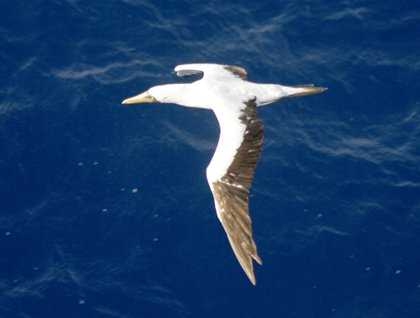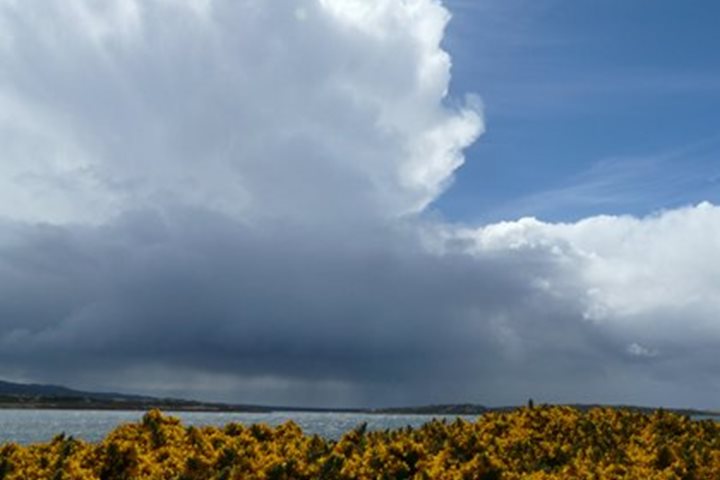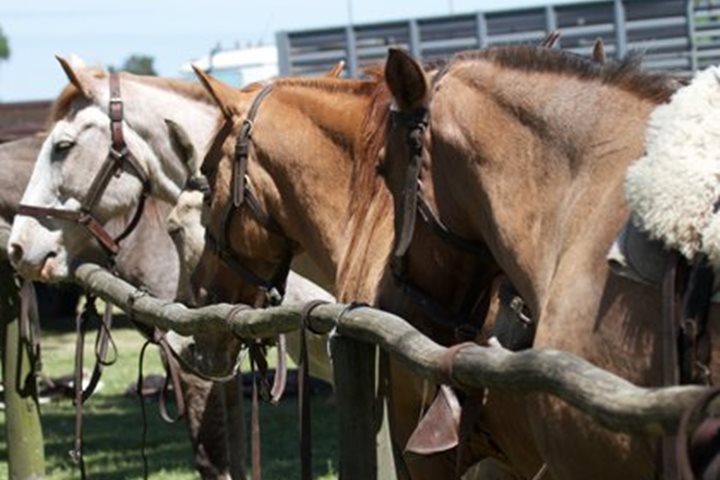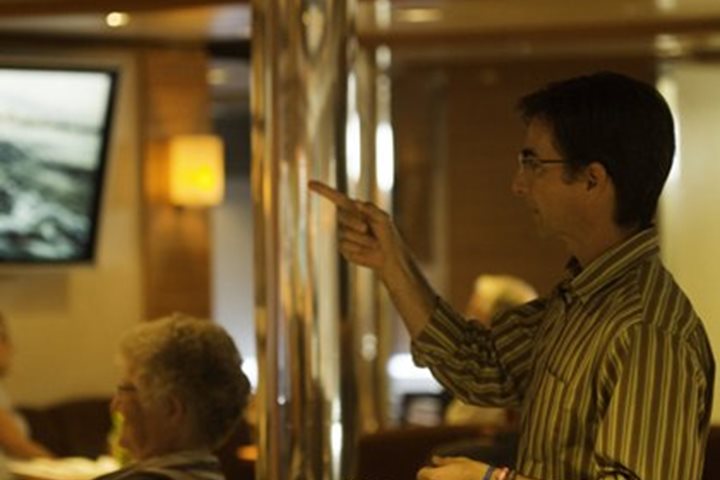As we continue our journey to the east we made a significant transition today. To date, the waters we have been travelling through on this voyage have been coastal or riverine, often very shallow, and typically a muddy brown colour. Today we left the continental shelf and moved into the tropical Atlantic Ocean. Here the waters were over 3,000 metres deep and a rich blue colour, signaling a relative lack of plankton in the water column.
Despite this apparent lack of life, there were some interesting wildlife sightings from the bridge and open decks. A large marine mammal made a splash for the early risers when a humpback whale was seen shortly after dawn. Seabirds increased in both numbers and diversity and included several members of the petrel or tubenose family. These albatross relatives are true ocean wanderers. Today we saw Manx shearwaters, a species which breeds on islands off the coast of the British Isles and Europe and spends its non-breeding winter season off the east coast of South America. We also saw the very local Trindade petrel, which breeds on a remote Brazilian island in the South Atlantic.
Out on the bow, flying fish aficionados found plenty of opportunities for entertainment and photography. One unfortunate fish had misjudged its flight and crash-landed on deck, giving us a chance for a close up inspection of these remarkable animals. And inside the vessel, our series of presentations continued, informing and educating us about the region we are travelling through.







